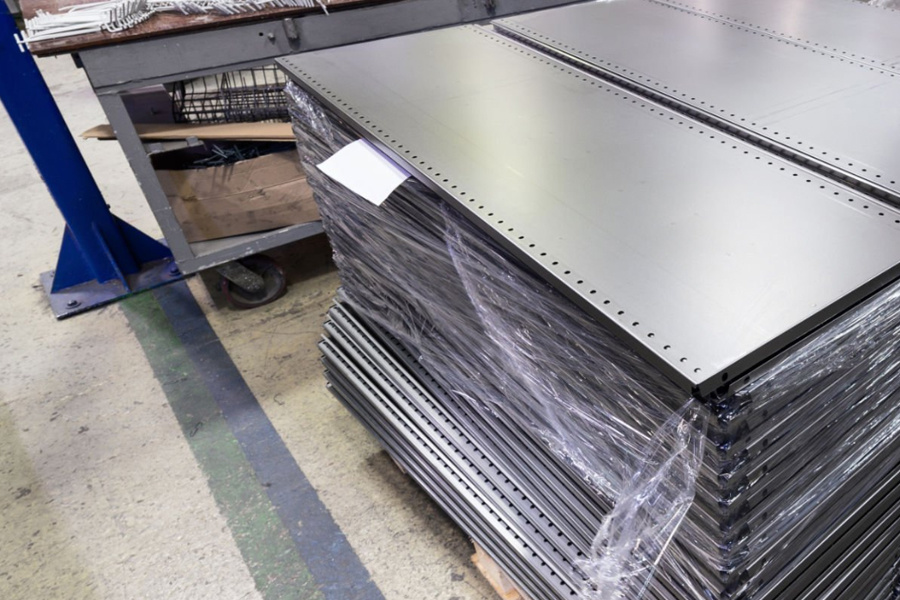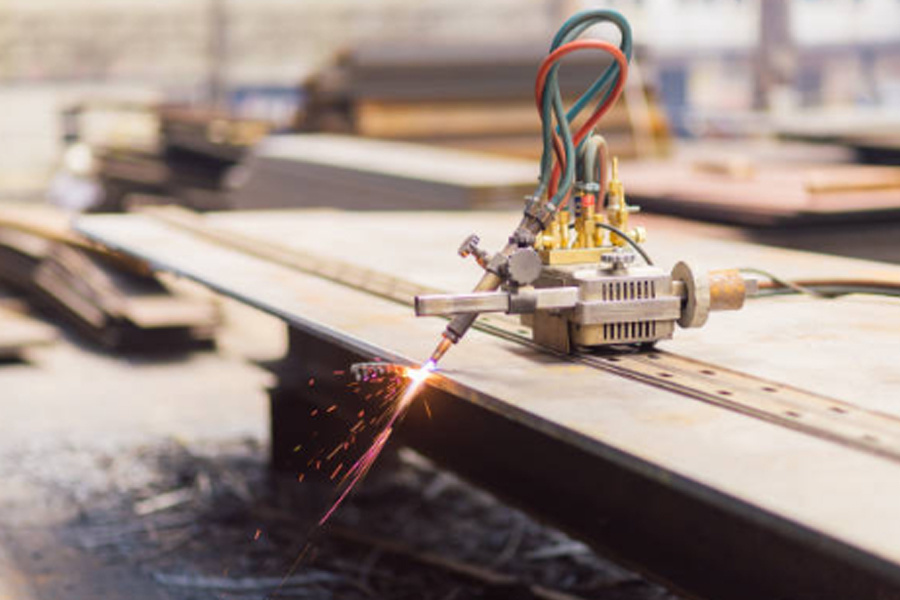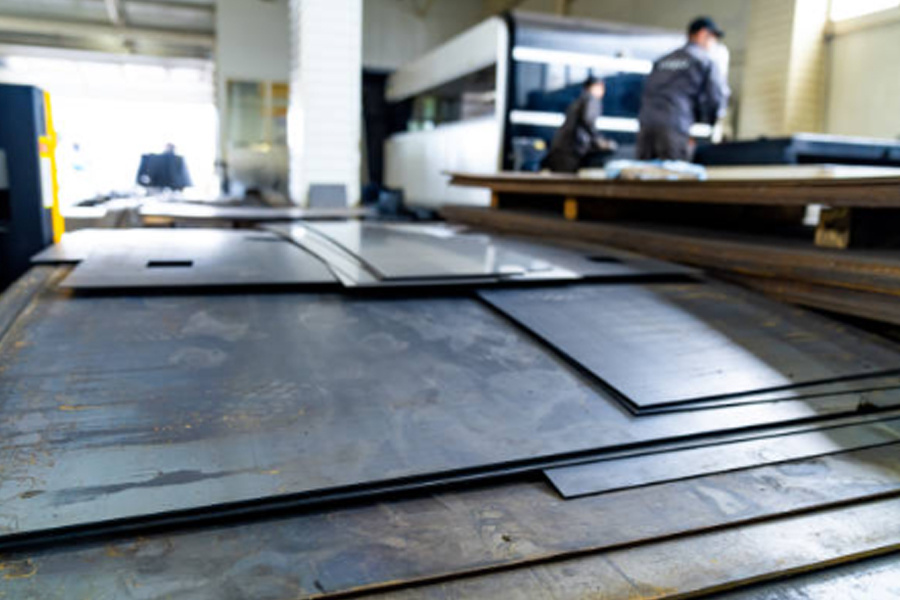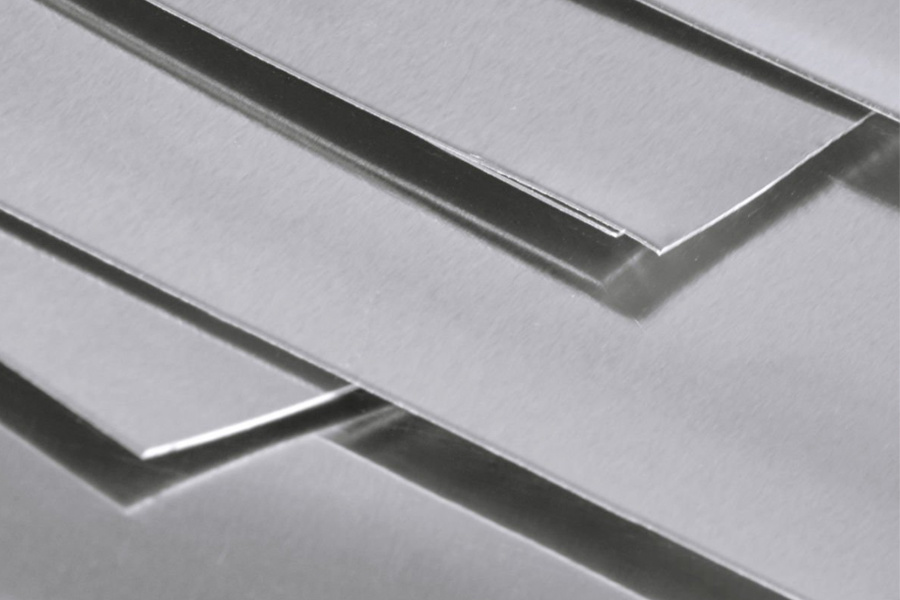Laser cutting: the coordination problem of speed and cutting quality
Release time:
2025-01-13
This article focuses on laser cutting in stainless steel sheet metal processing and introduces the current situation of mutual constraints between cutting speed and quality. Analyze the influencing factors such as laser power, plate thickness, auxiliary gas, etc., and provide solutions such as optimizing cutting parameters to serve related processing industries.
In the field of stainless steel sheet metal processing, laser cutting technology has become a common and efficient processing method. Especially in the fields of medical device accessories processing, medical product parts processing and other fields with extremely high precision requirements, laser cutting plays an important role. However, in actual operation, the coordination between laser cutting speed and cutting quality has always been a problem that plagues the processing industry.
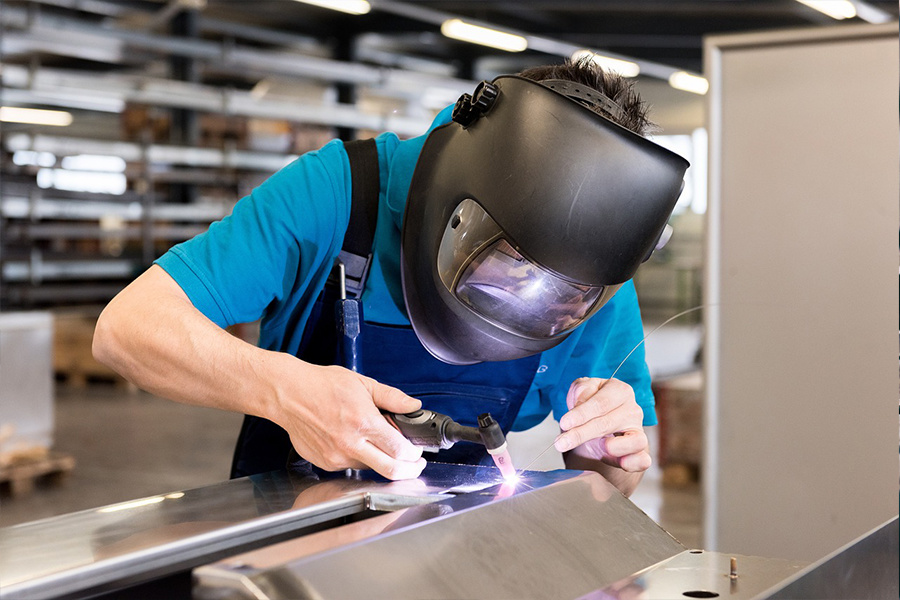
Stainless steel is widely used in sheet metal processing due to its good corrosion resistance and mechanical properties. But the material properties of stainless steel also bring challenges to laser cutting. Laser cutting uses a high-energy-density laser beam to irradiate stainless steel sheets, so that the material melts and vaporizes instantly, thereby achieving the purpose of cutting. In this process, cutting speed and cutting quality restrict each other.
When the laser cutting speed is too fast, the laser energy does not have time to fully act on the stainless steel sheet, the material cannot be completely melted and vaporized, and the cutting surface will appear rough, slag and other phenomena, which seriously affect the cutting quality. This is absolutely not allowed for the processing of medical device accessories and medical product parts, because the accuracy of these parts is directly related to the performance and safety of medical devices.
On the contrary, if the cutting speed is set too low in pursuit of high-quality cutting effect, although the material can be fully melted and vaporized, and the cutting surface is smooth and flat, the processing efficiency will be greatly reduced. In the case of mass production, this will not only increase production costs, but may also lead to longer delivery cycles, affecting the economic benefits and market competitiveness of the enterprise.
There are many factors that affect the coordination of laser cutting speed and cutting quality. The first is laser power. High-power lasers can provide more energy, melt and vaporize materials faster, and can increase cutting speed to a certain extent, but at the same time, it is also necessary to more accurately control the output of energy, otherwise it is easy to cause the heat affected zone of the cutting surface to be too large, affecting the cutting quality.
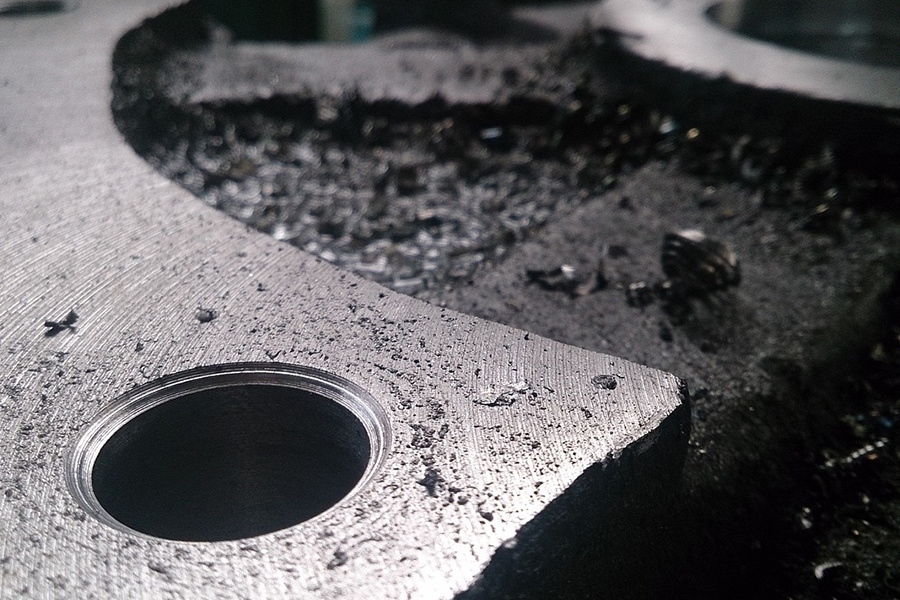
Secondly, the thickness of stainless steel plates is also a key factor. Thinner plates are relatively easy to cut, and the cutting speed can be appropriately increased; for thicker plates, the laser energy needs to penetrate a thicker material layer, and the cutting speed must be reduced accordingly to ensure the cutting quality.
In addition, the type and pressure of auxiliary gas will also affect the cutting effect. Suitable auxiliary gas can help slag removal, cool the cutting surface, and improve cutting quality. For example, oxygen is often used to cut thicker stainless steel sheets. It can react with molten metal to release additional heat, which helps to increase the cutting speed, but it is also necessary to pay attention to controlling the gas pressure to avoid damage to the cutting surface.
In order to solve the problem of coordinating laser cutting speed and cutting quality, in the process of stainless steel sheet metal processing, operators need to consider laser power, sheet thickness, auxiliary gas and other factors according to specific processing requirements, and find the best combination of cutting parameters through continuous testing and optimization. At the same time, with the continuous advancement of science and technology, new laser cutting equipment and intelligent control systems are also emerging. These equipment and systems can control the laser cutting process more accurately, which to a certain extent alleviates the contradiction between cutting speed and cutting quality, and provides more reliable processing guarantees for industries such as medical device accessories processing and medical product parts processing.
In short, how to coordinate laser cutting speed and cutting quality in stainless steel sheet metal processing is a complex and critical issue. Only by deeply understanding the various influencing factors in the cutting process and taking effective measures to optimize it can we improve processing efficiency while ensuring cutting quality and meet the needs of different industries for stainless steel sheet metal processing.
Key Words




